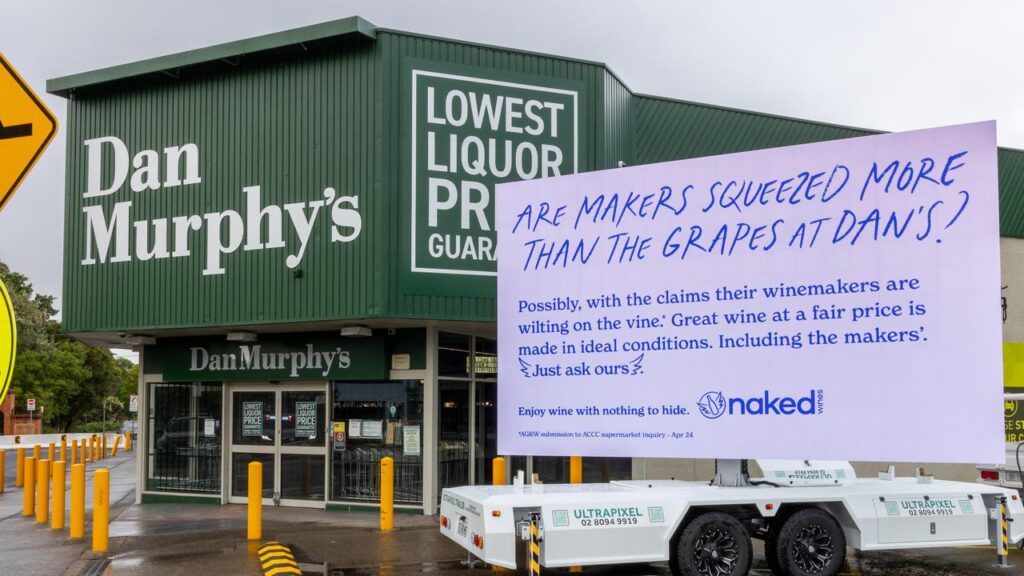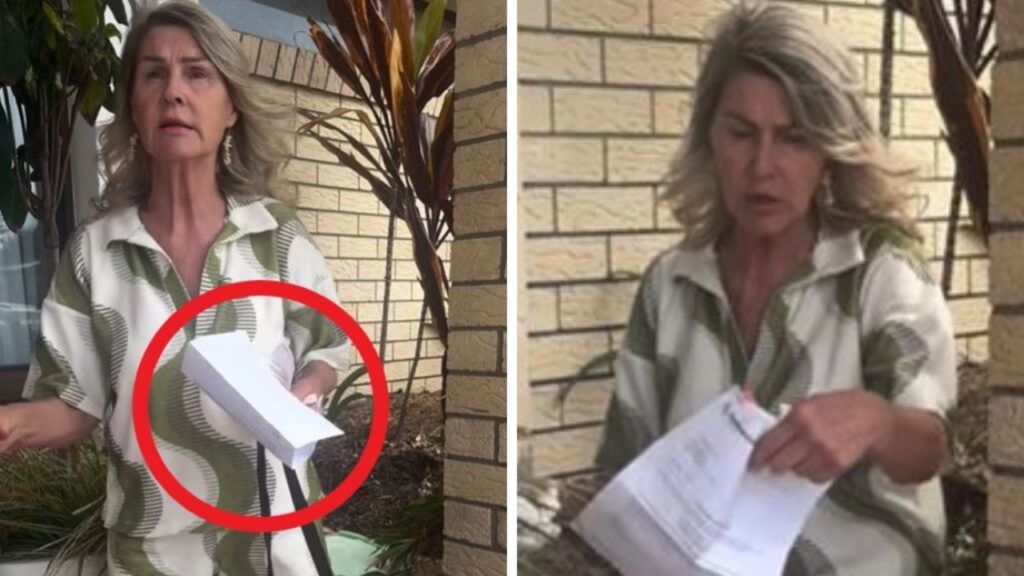‘Pivotal’: Coroner reveals full DV horror
Written by admin on August 8, 2024
A new report drilling into one state’s domestic violence related homicides over a 20 year period reveals the “point of separation” in a partnership is the most dangerous moment for women.
NSW recorded 550 murders between 2000 and 2022 that followed an identifiable history of DV and State Coroner Teresa O’Sullivan, working with the Domestic Violence Death Review Team, has systematically mapped out the details of each case.
The analysis shows 56 per cent involved a person killing their current or former intimate partner and of these deaths, almost 80 per cent involved a man killing a woman.
Two-thirds of women were killed at the point of separation or after the relationship had ended, the report reveals.
In 75 per cent of cases where the relationship had ended, men had stalked their former partner prior to the homicide.
Men who killed women were almost always the predominant domestic violence abuser in the relationship, while women who killed men were almost always the predominant victim of their partner’s violence, the data shows.
Around one in four male abusers had no history of physical violence against their female partner prior to the homicide and in 53 per cent of cases, the man’s history of abuse had been reported to police.
More than 40 per cent of men who killed an intimate partner had experienced trauma and adversity in their childhood.
Some 18 per cent of murders involved filicide, which is a parent killing a child or children under 18.
The report shows 17 per cent involved a person killing another family member or relative.
In 10 per cent of cases, the offender and the victim did not share an intimate or familial relationship, but the death was domestic violence-related, for example a person killing their ex-partner’s new partner.
“This report represents the most detailed data review undertaken by the DVDRT to date and comes at a pivotal juncture, as the national conversation coalesces on the pervasive issue of domestic violence context homicide and gender-based violence more broadly,” Magistrate O’Sullivan said.
“The report highlights that the fatal impact of domestic violence extends beyond the intimate partner context and provides crucial insights to guide policy makers, service providers and advocates in preventing, responding to and aiding recovery for all victims of domestic and family violence.”
The report also reveals a persistent overrepresentation of Aboriginal and Torres Strait Islander people in domestic violence deaths.
Wirringa Baiya Aboriginal Women’s Legal Centre CEO and DVDRT member Christine Robinson said the overrepresenation should be understood in the context of the ongoing impact of colonialisation and the disempowerment of Aboriginal peoples.
“These may seem like historical factors to some but the direct and cumulative impact on our people is still evident today,” she said.
“Aboriginal communities need to be empowered to address transgenerational trauma and provided the tools and resources for self-determination and decision making.
“Culturally-appropriate tailored programs and localised responses are critical to driving positive change.”
NSW Women’s Safety Commissioner and DVDRT member Dr Hannah Tonkin said the report provided “critical data” that could help prevent future deaths and improve responses to domestic and family violence.
“It is crucial that our work is grounded in accurate data to inform decision making and drive change,” she said.
The report also delivers data on the co-occurrence of mental health and alcohol and other drug issues in domestic violence homicides.
Altogether, DV linked homicides accounted for 30 per cent of all murders in NSW over the period.
The report comes as anger explodes across Australia following a string of DV murders.
In July, non-profit organisation What Were You Wearing? organised 30 “no more” rallies across the country protesting domestic violence, which followed on from a sweep of rallies in April attended by tens of thousands of people.
According to Sherele Moody’s Femicide Watch, 54 women have been lost to predominantly male violence this year alone.
Rally organiser and WWYW? founder Sarah McWilliams said she was deeply concerned by the rate at which women were being killed by predominantly male violence.
“Just one (death) is more than enough but if we keep going at this rate we’ll be doubled by the end of the year,” she said.
“Not enough is being done.”
The rallygoers demanded increased funding for grassroots organisations, specifically men’s behaviour change programs and women’s refuges, as well as mandatory trauma informed training for first responders, including police.
Social Services Minister Amanda Rishworth said the safety of women and children experiencing family, domestic and sexual violence was a “national priority” for the federal government.
“We will continue to deliver activities that support the Action Plans under the National Plan – including looking at where we may need new activities to achieve our goal under the Plan, particularly in relation to new and emerging risks like online extreme misogyny,” she said.
She said the government allocated more than $3.4bn for women’s safety across three budgets.
In May, the government committed $925m to a leaving violence payment scheme.
Eligible victim-survivors can claim packages of up to $5000.








